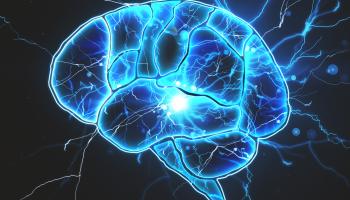Substance use disorders in adolescence
Substance use disorders in adolescence have serious consequences for young people and their environment. During adolescence, people are highly vulnerable to risky behaviors related to tobacco, alcohol, marijuana, and other drugs. The first contacts with legal drugs, tobacco and alcohol, are usually made during the first stage of adolescence (12/14 years). In some cases, young people will later start using illegal substances.
Adolescents often feel that they are immune to danger. They prioritize immediate gratification even though there may be negative consequences in the future. They are very curious to experience stimulating and risky new experiences. These age-specific traits may explain their vulnerability to getting started in drug use.
The most commonly used drugs by young people aged 14-18 are legal drugs (alcohol and tobacco), followed by cannabis and hypnotics. There are differences in substance use between men and women. The average age of onset of consumption is between 13-16 years. From the first time a teenager comes into contact with different substances until an addiction problem develops, there are a number of changes in relation to the motivations for consuming and the internalization of these consumptions in life habits. .
- Sometimes the consumption of the substance is experimental, it is consumed at a certain time due to curiosity, pressure from the peer group or the cause of the attraction for what is forbidden and may not be repeated.
- When the consumption is repeated but not There is a fixed frequency and there are long seasons without consumption. Let's talk about occasional consumption. half term.
- At the moment when the person needs the substance and his life revolves around the consumption and its consequences we talk about a drug addiction. At this time more is consumed and for a longer period of time. The adolescent spends much of his time in activities related to obtaining the substance and consuming it.
- Symptoms of abstinence appear when the person is not under the effects of drugs preventing the development of their tasks or obligations.
To prevent drug use in adolescence, strategies should be promoted that encourage the development of protective factors, such as critical ability, social and communication skills, or peer resistance.

The Psychological treatment with Cognitive behavioural therapy brings together two types of therapeutic treatments, because although behavioural therapies are successful in the treatment of some pathologies, other aspects involved in the way in which people respond to different situations have to be taken into account.
Et pot interessar
 Friday, 08 January, 2021
Brain Health for Life. Preventing Brain-Related Disability.
Friday, 08 January, 2021
Brain Health for Life. Preventing Brain-Related Disability.
Research is providing information on the effects of each of these factors and the best way to use them in our favor. Because, in addition to...
 Tuesday, 20 October, 2020
Support in the emotional education of children and young people
Tuesday, 20 October, 2020
Support in the emotional education of children and young people
People experience a wide variety of emotions that influence everything we think, do, and decide. It is therefore essential that we learn to...
 Monday, 30 March, 2020
Impacto de las secuelas cognitivas sobre la conducta y el funcionamiento social
Monday, 30 March, 2020
Impacto de las secuelas cognitivas sobre la conducta y el funcionamiento social
Las características previas a la lesión, concretamente los problemas de abuso de sustancias (como el alcohol o las drogas), así como las...
